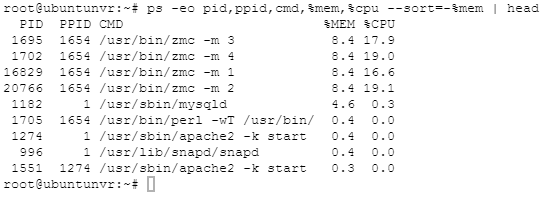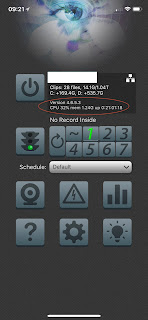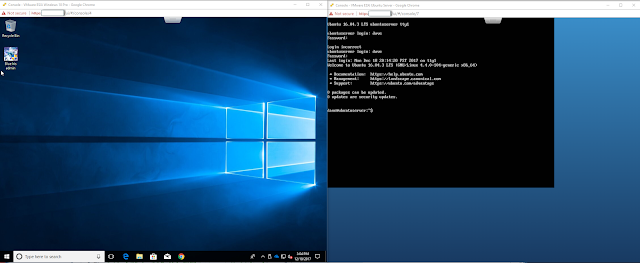ZoneMinder Initial Performance Testing

Initial performance testing with ZoneMinder NVR running on Ubuntu Server. I'm attempting to replicate the exact test that I performed with Blue Iris on Windows 10 Pro, documented [ here ]. Testing Methodology The environment I'm testing in is a Intel i7-7700 4.2GHz processor, but only 2 of the 4 cores on this processor is assigned to the virtual machine. The machine has an M.2 SSD and 8GB of memory assigned to it - but neither of those appear to be a bottleneck in my prior testing. I have an SSH session open in order to execute commands and to monitor performance. As with Blue Iris testing I'm going to add one camera at a time and incrementally add functionality. Just the streaming camera Add motion detection and alerting Record the video to disk. CPU of the entire machine will be measured off of the VMWare console (exactly like Blue Iris). To read the CPU of the application, I'm going to use ps -eo pid,ppid,cmd,%mem,%cpu --sort=-%mem | head in the S

